Designing Efficient Toolpaths for CNC Routing
Sommario
“Crafting Precision Paths for Peak CNC Performance”
introduzione
Designing efficient toolpaths for CNC (Computer Numerical Control) routing is a critical aspect of the manufacturing process that involves creating optimized paths for the cutting tool to follow. The goal is to produce parts with precision and efficiency while minimizing waste and reducing production time. An effective toolpath must account for the type of material being cut, the geometry of the part, the capabilities of the CNC machine, and the desired surface finish. Advanced software algorithms are used to generate toolpaths that ensure the cutting tool moves in the most efficient way possible, avoiding unnecessary movements and reducing wear on the tool and machine. This not only improves the quality of the final product but also enhances the overall productivity of the CNC routing process.
Optimizing Material Removal Rates with Advanced CNC Toolpath Strategies
Designing Efficient Toolpaths for CNC Routing
In the realm of CNC routing, the quest for efficiency is relentless. The ability to optimize material removal rates stands as a testament to the prowess of modern manufacturing techniques. Advanced CNC toolpath strategies are at the forefront of this optimization, enabling manufacturers to reduce cycle times, extend tool life, and improve the overall quality of the finished product.
The cornerstone of these strategies lies in the understanding of toolpath generation, which is the calculated route that the cutting tool follows to remove material from the workpiece. Traditional toolpaths often take a conservative approach, prioritizing safety and simplicity over speed and efficiency. However, with the advent of sophisticated software and precise control systems, it is now possible to push the boundaries of what was once considered feasible.
One of the most significant advancements in toolpath design is the implementation of high-efficiency machining techniques such as trochoidal milling and adaptive clearing. These methods allow for the cutting tool to engage with the material in a more dynamic fashion, maintaining constant tool load and reducing the likelihood of tool breakage. By modulating the tool’s engagement with the material, these strategies can maintain optimal cutting conditions, which translates to faster material removal rates and reduced wear on the tool.
Moreover, the integration of simulation software has revolutionized the way toolpaths are designed and validated. Prior to physically cutting a workpiece, manufacturers can now simulate the entire machining process, identifying potential issues such as collisions, tool deflection, and excessive heat generation. This predictive capability not only saves valuable time and resources but also instills confidence in the execution of complex and aggressive toolpaths.
Another aspect of toolpath optimization is the consideration of the material being machined. Different materials have unique properties that affect how they respond to cutting forces. For instance, softer materials may allow for more aggressive cutting parameters, while harder materials may require more conservative approaches to prevent tool wear or damage. Understanding these material characteristics is crucial for designing toolpaths that maximize material removal rates without compromising the integrity of the tool or the workpiece.
Furthermore, the selection of appropriate cutting tools is integral to the success of any CNC routing operation. Modern cutting tools are engineered with specific geometries and coatings to enhance their performance in various applications. By choosing the right tool for the job and pairing it with an optimized toolpath, manufacturers can achieve a synergistic effect that results in faster production times and higher-quality finishes.
In conclusion, the design of efficient toolpaths for CNC routing is a multifaceted endeavor that requires a deep understanding of machining dynamics, material properties, and cutting tool capabilities. By leveraging advanced CNC toolpath strategies, manufacturers can optimize material removal rates, leading to significant gains in productivity and cost-effectiveness. As technology continues to evolve, so too will the methods by which we approach the challenges of CNC routing, ensuring that the industry remains at the cutting edge of manufacturing excellence.
The Role of Simulation Software in Perfecting CNC Toolpaths for Complex Designs
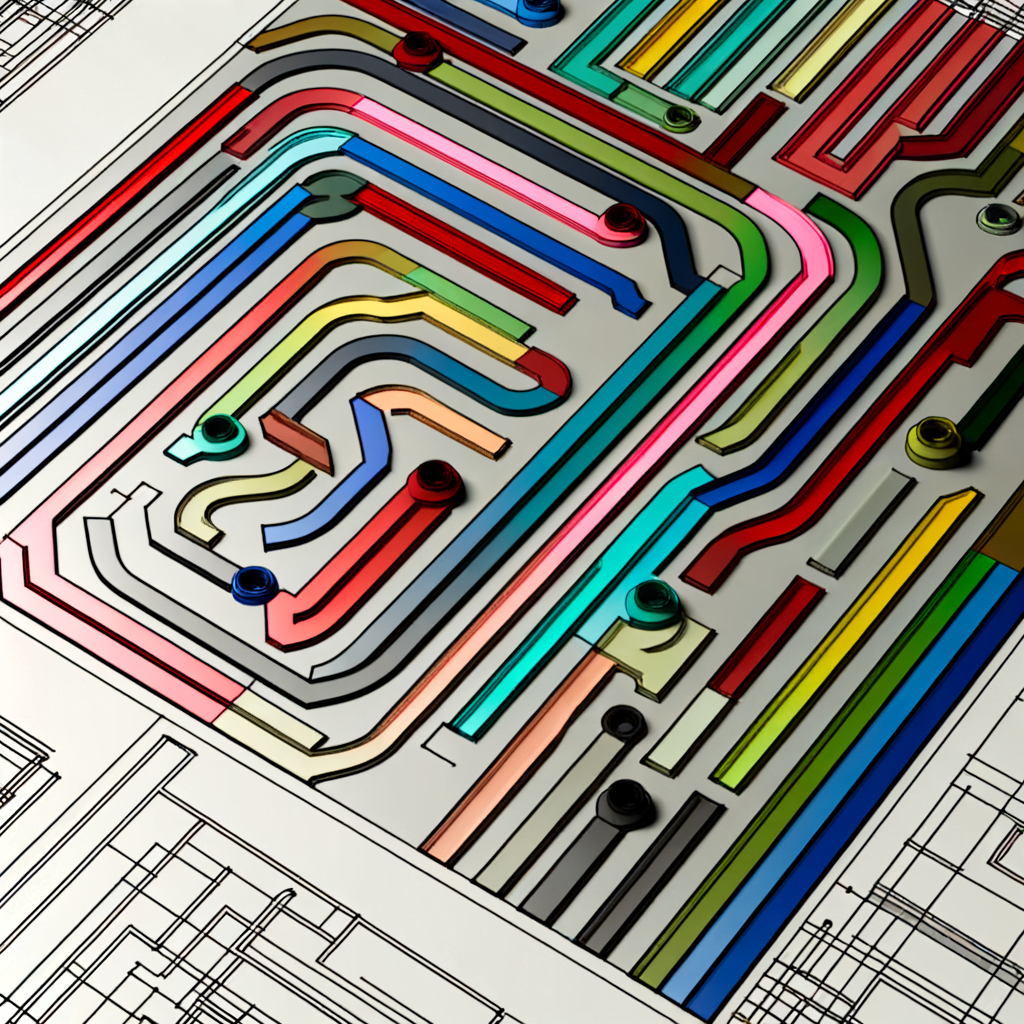
Designing Efficient Toolpaths for CNC Routing
In the realm of computer numerical control (CNC) routing, the creation of efficient toolpaths is paramount to the success of any project. Toolpaths are the routes taken by the cutting tools to shape the material into the desired form. They must be meticulously planned and executed to ensure precision, minimize waste, and optimize production time. As designs become increasingly complex, the role of simulation software in perfecting these toolpaths grows ever more critical.
Simulation software serves as a virtual testing ground for CNC toolpaths. Before a single piece of material is cut, the software allows engineers and machinists to visualize the path that the cutting tool will take. This visualization is crucial for identifying potential problems such as collisions, tool deflection, and inefficient movement patterns. By addressing these issues in a simulated environment, manufacturers can avoid costly mistakes and material waste during the actual machining process.
Moreover, simulation software enables the optimization of toolpaths for intricate designs that would otherwise be challenging to produce. Complex geometries, especially those with tight tolerances and intricate details, require precise control over the cutting tool’s movement. Simulation allows for the fine-tuning of these movements, ensuring that each pass of the tool is as efficient as possible. This level of control is essential for achieving the high-quality finishes and exact dimensions demanded by advanced industries such as aerospace, automotive, and medical device manufacturing.
The software also plays a pivotal role in the selection of appropriate tools and cutting parameters. By simulating different scenarios, machinists can determine the best combination of tool size, type, and cutting speed for the material and design at hand. This not only improves the quality of the final product but also extends the life of the tools and reduces the time required for machining.
Another significant advantage of simulation software is its ability to predict and manage tool wear. Over time, the cutting tools used in CNC routing will degrade, affecting the accuracy and quality of the work. Simulation can forecast when a tool is likely to fail, allowing for proactive maintenance and replacement. This predictive capability ensures continuous operation and reduces downtime, which is vital for maintaining productivity in high-volume manufacturing environments.
Furthermore, simulation software contributes to the advancement of sustainable manufacturing practices. By optimizing toolpaths, the software reduces the amount of material removed during the machining process, leading to less waste. It also enables the use of more efficient cutting strategies that consume less energy, thereby lowering the overall environmental impact of production.
In conclusion, the role of simulation software in perfecting CNC toolpaths for complex designs cannot be overstated. It provides a critical layer of analysis and optimization that ensures the highest levels of efficiency and precision in CNC routing. As manufacturing continues to evolve towards more intricate and sophisticated products, the reliance on such advanced simulation technologies will only increase. By embracing these tools, manufacturers can push the boundaries of what is possible, achieving remarkable accuracy and efficiency in their CNC operations while also contributing to a more sustainable industry.
Balancing Speed and Precision: Techniques for Efficient CNC Routing on Diverse Materials
Designing Efficient Toolpaths for CNC Routing
In the realm of computer numerical control (CNC) routing, the quest for efficiency is a delicate balancing act between speed and precision. The intricacies of toolpath design are pivotal in determining the quality, speed, and cost-effectiveness of the CNC machining process. As such, fabricators and engineers are constantly seeking techniques to optimize toolpaths for a variety of materials, ensuring that the end product meets stringent standards without compromising on production time.
The cornerstone of efficient CNC routing lies in understanding the properties of the material being machined. Different materials, ranging from softwoods and plastics to hard metals, react distinctly under the router’s bit. For instance, softer materials may allow for faster speeds without degrading the bit quickly, whereas harder materials necessitate slower speeds to prevent tool wear and potential damage to the workpiece. Therefore, selecting the appropriate cutting speed, feed rate, and depth of cut is critical and must be tailored to the material’s characteristics.
Moreover, the choice of cutting tools is equally important. High-quality, sharp bits that are suitable for the material not only improve the precision of the cuts but also allow for faster routing without sacrificing finish quality. The use of specialized bits designed for specific materials can significantly enhance the efficiency of the toolpath. For example, using a single-flute bit for plastics can help reduce melting and improve chip evacuation, while a multi-flute bit might be more suitable for metals, providing a smoother finish and longer tool life.
Another technique to balance speed and precision is the implementation of advanced software algorithms that optimize toolpaths. These algorithms take into account the geometry of the part, the capabilities of the CNC machine, and the properties of the material to generate the most efficient route for the tool to follow. By minimizing air cuts—where the bit moves without cutting material—and reducing the number of tool changes, these software solutions can significantly decrease machining time.
Furthermore, the use of climb milling, where the cutter engages the material in the same direction as the feed, can result in a better surface finish and less tool wear compared to conventional milling. This method can be particularly beneficial when working with harder materials, as it exerts less force on the workpiece, reducing the likelihood of deflection or inaccuracies.
Adaptive clearing, a strategy that maintains a constant tool load, is another advanced technique that enhances efficiency. By adjusting the toolpath to keep the cutting force consistent, the risk of tool breakage is reduced, and the machine can operate at higher speeds. This approach is especially useful when roughing out large volumes of material, as it can drastically cut down on machining time.
Lastly, the importance of simulation cannot be overstated. Before actual machining, simulating the toolpath can identify potential problems such as collisions, tool deflections, and areas where the tool may be overworked. This preemptive measure saves valuable time and resources by ensuring that the toolpath is optimized before the cutting begins.
In conclusion, designing efficient toolpaths for CNC routing is a multifaceted endeavor that requires a deep understanding of material properties, cutting tools, and advanced machining strategies. By carefully selecting parameters and employing sophisticated software, manufacturers can achieve the elusive goal of maximizing speed without compromising precision. As technology continues to advance, the potential for further optimization in CNC routing remains vast, promising even greater efficiency in the manufacturing processes of the future.
Conclusione
Conclusione:
Efficient toolpath design for CNC routing is crucial for optimizing machining time, extending tool life, and ensuring high-quality finished products. By carefully selecting the cutting parameters, such as feed rate, spindle speed, and depth of cut, and employing advanced strategies like trochoidal milling or ramping, manufacturers can reduce wear on the CNC machine and cutting tools. Additionally, implementing software that generates optimized toolpaths can lead to significant improvements in productivity and material usage. Ultimately, efficient toolpath design contributes to cost savings, improved accuracy, and a more streamlined manufacturing process.

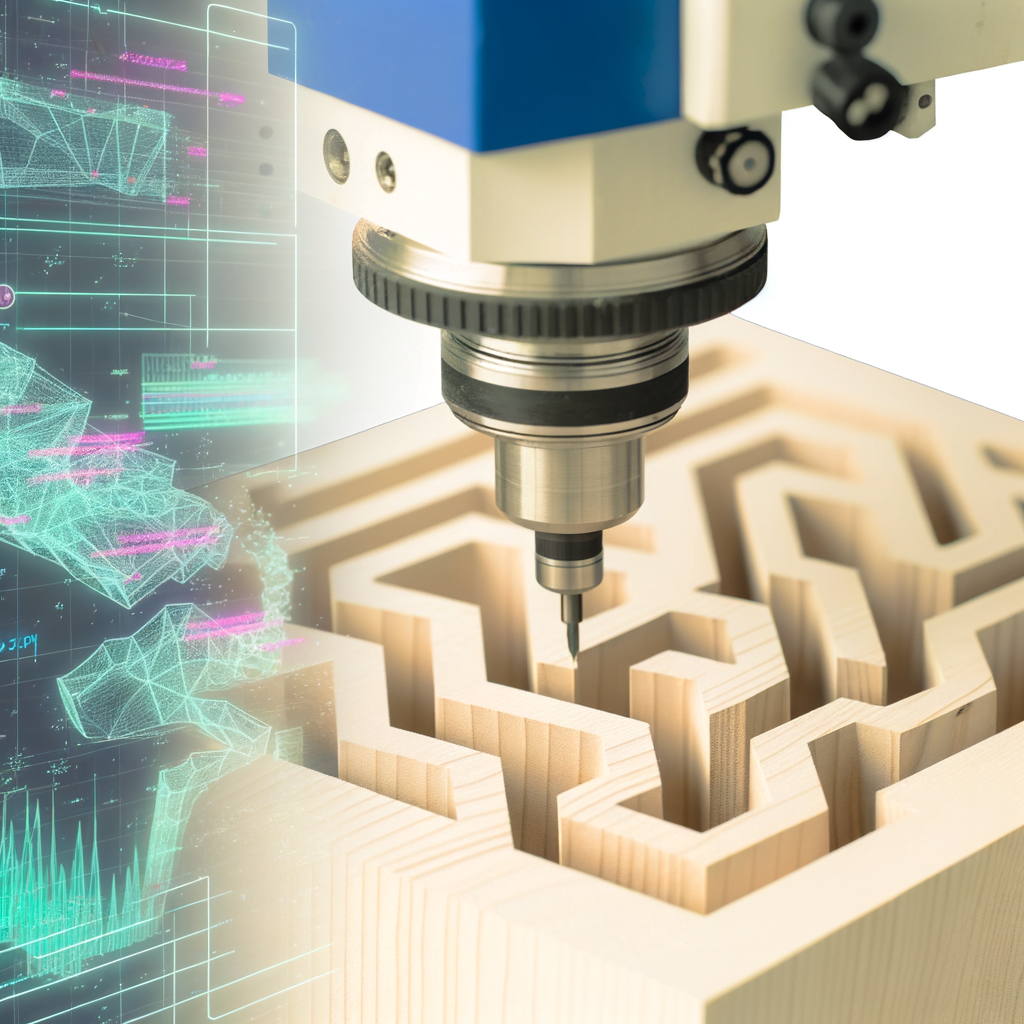
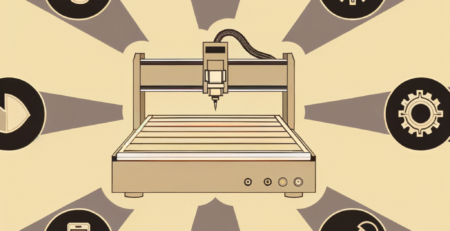
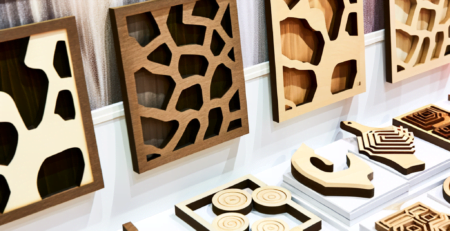
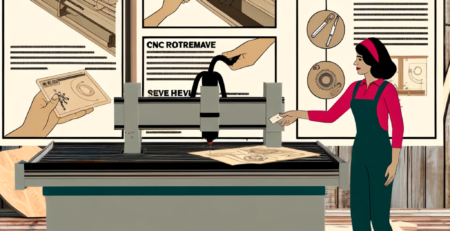
Lascia un commento